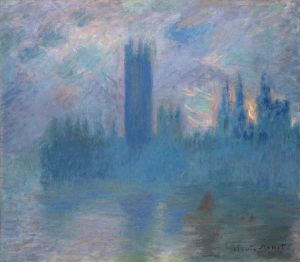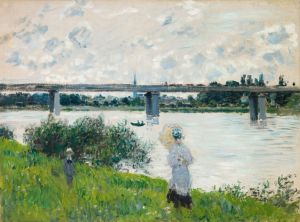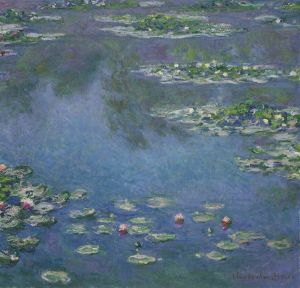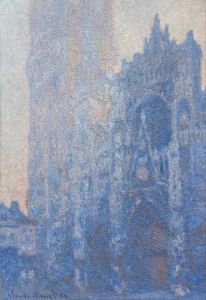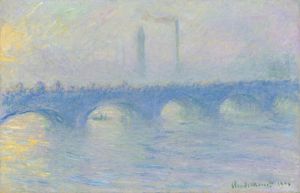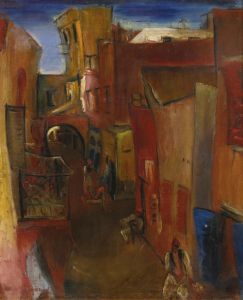
The Bridge at Argenteuil
A hand-painted replica of Claude Monet’s masterpiece The Bridge at Argenteuil, meticulously crafted by professional artists to capture the true essence of the original. Each piece is created with museum-quality canvas and rare mineral pigments, carefully painted by experienced artists with delicate brushstrokes and rich, layered colors to perfectly recreate the texture of the original artwork. Unlike machine-printed reproductions, this hand-painted version brings the painting to life, infused with the artist’s emotions and skill in every stroke. Whether for personal collection or home decoration, it instantly elevates the artistic atmosphere of any space.
The Bridge at Argenteuil is an oil painting created by the French Impressionist artist Claude Monet in 1874. This artwork is one of Monet's many depictions of the town of Argenteuil, located on the banks of the Seine River near Paris. Argenteuil was a popular destination for Parisians seeking leisure and relaxation during the late 19th century, and it became a frequent subject in Monet's work during his time living there from 1871 to 1878.
The painting portrays a serene scene of the Argenteuil Bridge spanning the Seine River, with boats moored in the foreground and reflections shimmering on the water's surface. Monet's use of light and color captures the atmosphere of a sunny day, emphasizing the interplay between the natural environment and human-made structures. The composition reflects Monet's interest in modernity and the changing landscapes of France during the industrial era.
Monet painted this work during a pivotal period in his career when he was refining the techniques that would define the Impressionist movement. His loose brushstrokes, vibrant palette, and focus on capturing the effects of light and atmosphere are characteristic of this style. The painting exemplifies Monet's ability to convey a sense of immediacy and movement, inviting viewers to experience the scene as if they were present.
The Bridge at Argenteuil is housed in the Musée d'Orsay in Paris, France, where it is part of a significant collection of Impressionist and Post-Impressionist masterpieces. The museum's collection provides context for Monet's work within the broader development of Impressionism and its impact on the art world.
This painting is one of several works Monet created featuring the Argenteuil Bridge and its surroundings, highlighting his fascination with the interplay of water, light, and modern infrastructure. These works collectively demonstrate Monet's dedication to exploring the effects of changing light and weather conditions on the same subject, a hallmark of his artistic approach.
The Bridge at Argenteuil remains an important example of Monet's contributions to the Impressionist movement and his ability to capture the beauty of everyday scenes with a fresh and innovative perspective.






